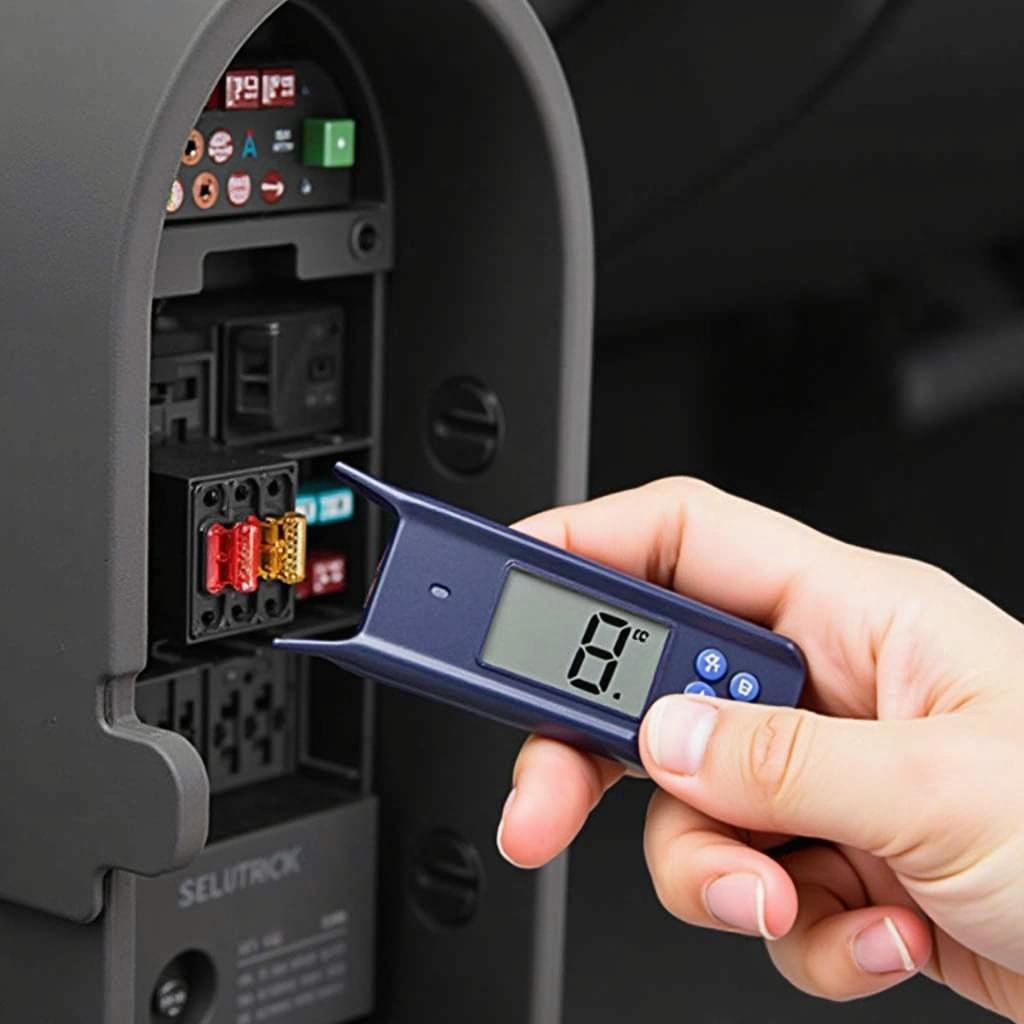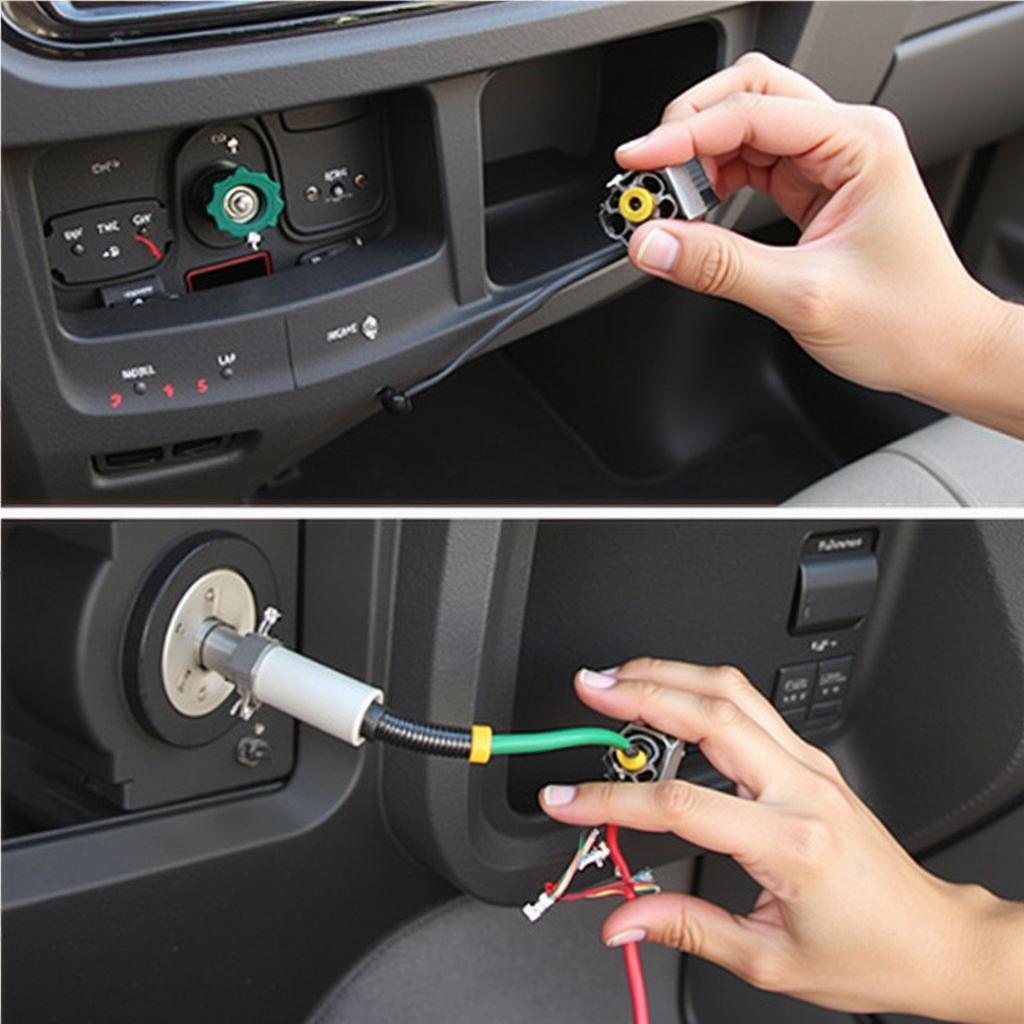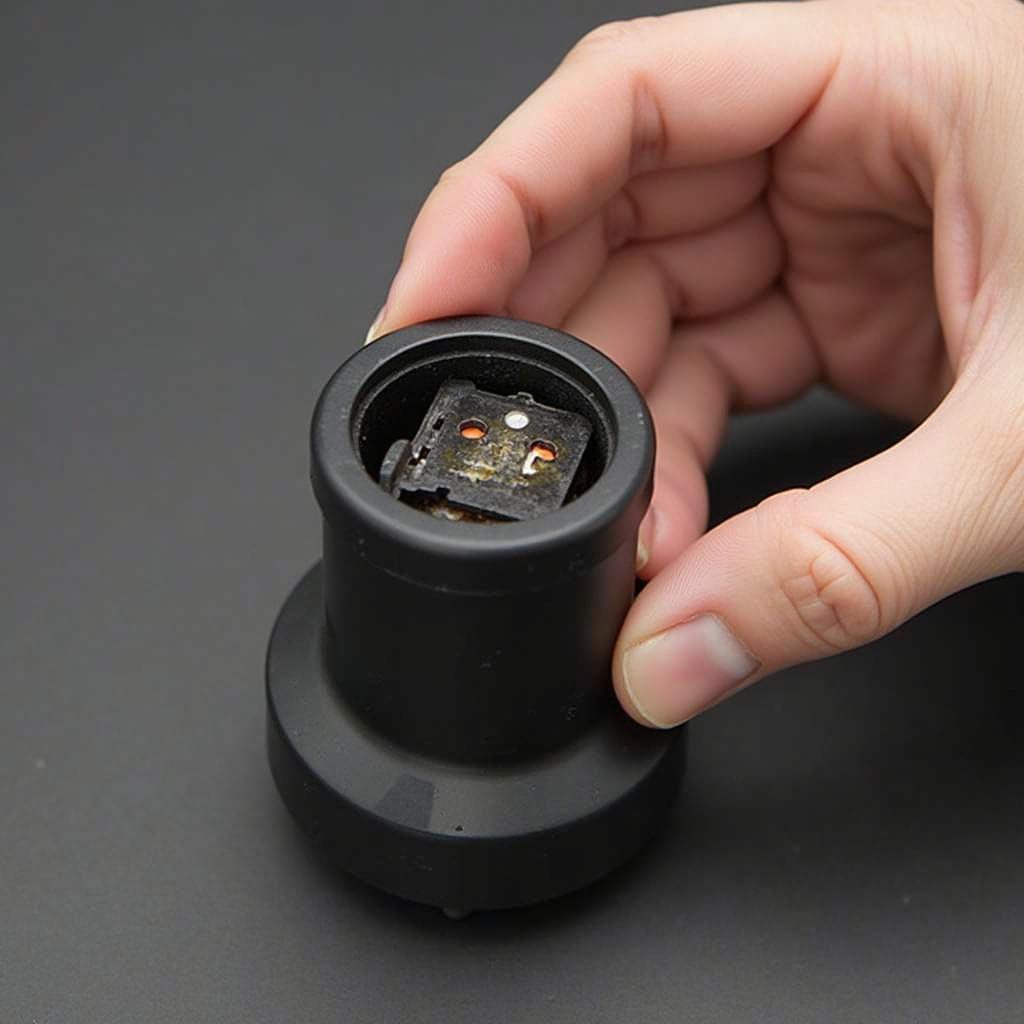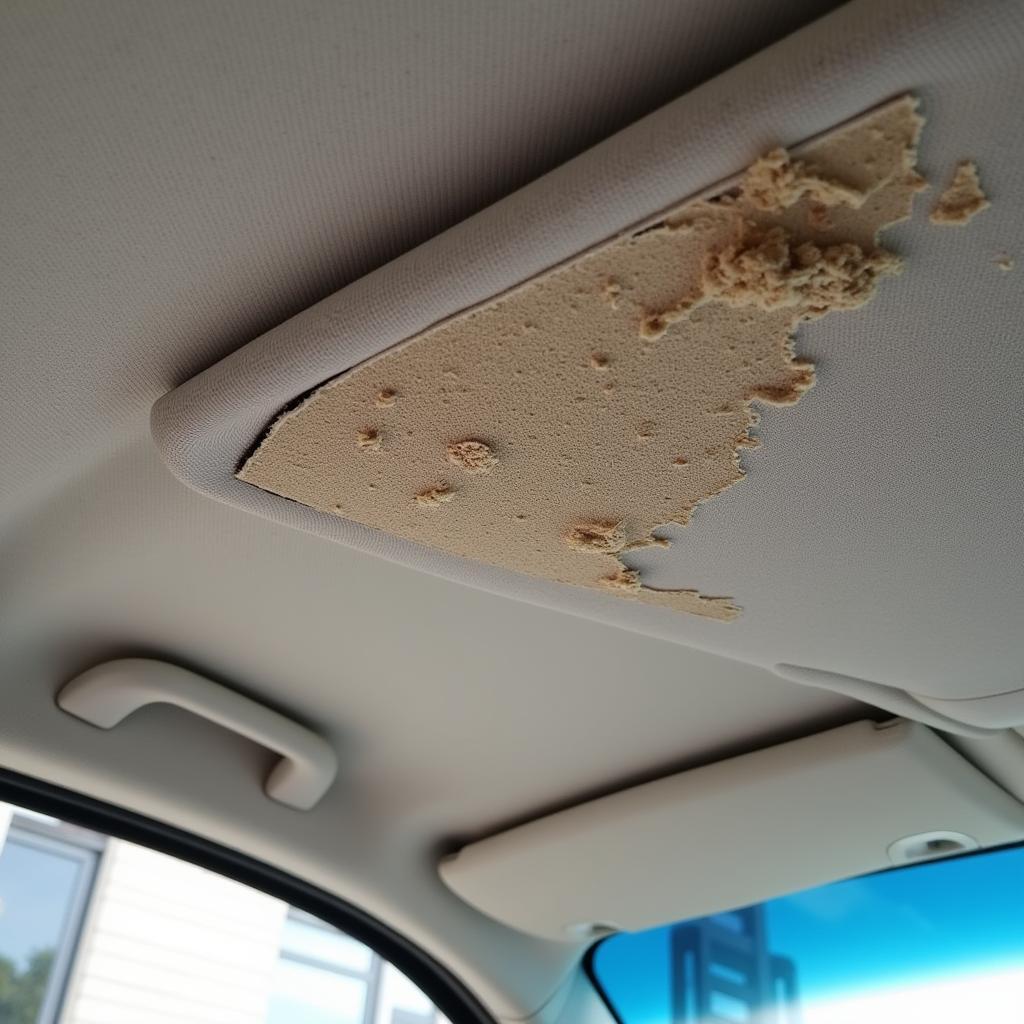A faulty cigarette lighter in your car can be a real inconvenience, especially if you rely on it for charging your phone or powering other accessories. While it may seem like a simple fix, understanding the underlying causes and troubleshooting steps is crucial. This guide provides a comprehensive overview of Fixing Your Car Cigarette Lighter, covering common problems, potential solutions, and expert advice.
Understanding the Cigarette Lighter Circuit
The cigarette lighter in your car is more than just a place to light up. It’s part of a larger electrical circuit that draws power from your car’s battery. This circuit includes a fuse, a switch, a wiring harness, and the lighter itself. A problem with any part of this circuit can cause your cigarette lighter to malfunction.
Common Problems With Cigarette Lighters
Here are some common reasons why your car cigarette lighter might not be working:
- Blown Fuse: The most common reason for a non-functional cigarette lighter is a blown fuse. The fuse is designed to protect the circuit from overload and will blow if too much current passes through it.
- Faulty Switch: The switch that controls the cigarette lighter can also fail. If the switch is not functioning properly, it won’t allow power to flow to the lighter.
- Loose or Damaged Wiring: The wiring that connects the cigarette lighter to the power source can become loose or damaged over time. This can interrupt the flow of electricity to the lighter.
- Damaged Lighter Element: The lighter element itself can become damaged or burnt out, preventing it from heating up.
How To Troubleshoot and Fix Your Cigarette Lighter
Before you start troubleshooting, ensure your car is turned off and the key is removed from the ignition. Here’s a step-by-step guide to help you diagnose and fix the problem:
1. Check the Fuse
 Checking a car fuse
Checking a car fuse
- Locate the fuse box: Consult your car’s owner’s manual to find the location of the fuse box. It’s usually located under the dashboard or in the engine compartment.
- Identify the cigarette lighter fuse: The owner’s manual will indicate which fuse is responsible for the cigarette lighter.
- Check the fuse: Use a fuse tester or a multimeter to check if the fuse is blown.
- Replace the fuse: If the fuse is blown, replace it with a fuse of the same amperage.
2. Inspect the Switch
 Inspecting the cigarette lighter switch
Inspecting the cigarette lighter switch
- Locate the switch: The switch for the cigarette lighter is usually located on the front of the cigarette lighter socket.
- Check the switch: Try pressing the switch and see if it clicks or makes any noise. If it feels loose or doesn’t move, it’s likely faulty.
- Replace the switch: If the switch is damaged, you’ll need to replace it. You can find replacement switches online or at your local auto parts store.
3. Check the Wiring
 Checking the cigarette lighter wiring
Checking the cigarette lighter wiring
- Trace the wiring: Follow the wiring harness from the cigarette lighter to the power source.
- Look for damage: Check for any visible damage to the wiring, such as frayed wires, exposed wires, or corrosion.
- Test for continuity: Use a multimeter to test for continuity in the wiring. If there is no continuity, the wiring is damaged and needs to be repaired or replaced.
4. Inspect the Lighter Element
 Inspecting the cigarette lighter element
Inspecting the cigarette lighter element
- Remove the lighter: If you can access the lighter element, remove it from the socket.
- Inspect the element: Look for any signs of damage, such as cracks, burn marks, or corrosion. If the element is damaged, it needs to be replaced.
Expert Advice for Fixing Your Cigarette Lighter
“Fixing a faulty cigarette lighter can be a DIY project if you’re comfortable working with basic electrical components. However, if you’re not sure where to start or are dealing with a complex electrical issue, it’s best to consult a qualified mechanic,” advises John Smith, a certified automotive technician with over 20 years of experience. “A mechanic can accurately diagnose the problem and make sure the repair is done properly, ensuring the safety of your vehicle and yourself.”
Troubleshooting Tips
Here are some additional tips for troubleshooting your cigarette lighter:
- Use a multimeter: A multimeter is a valuable tool for diagnosing electrical problems. It can help you test for voltage, continuity, and resistance.
- Check your owner’s manual: Your owner’s manual will contain specific information about your car’s electrical system, including fuse locations and amperage ratings.
- Consult a mechanic: If you’re unable to diagnose or fix the problem yourself, consult a qualified mechanic.
FAQ
Q: What is the average cost of fixing a cigarette lighter?
A: The cost of fixing a cigarette lighter can vary depending on the problem and the labor costs in your area. Replacing a fuse is typically inexpensive, while replacing a switch or repairing wiring can be more costly.
Q: Can I use a cigarette lighter to charge my phone?
A: Yes, you can use a cigarette lighter adapter to charge your phone or power other devices. However, make sure the adapter is compatible with your device and is properly plugged into the lighter socket.
Q: Can I fix my cigarette lighter myself?
A: You can fix a blown fuse or a faulty switch yourself if you’re comfortable working with basic electrical components. However, if you’re not sure where to start or are dealing with a complex electrical issue, it’s best to consult a qualified mechanic.
If you’re still having trouble with your car’s cigarette lighter, don’t hesitate to contact us at +1 (641) 206-8880 or visit our office at 500 N St Mary’s St, San Antonio, TX 78205, United States. Our team of automotive experts is here to help you get your cigarette lighter working properly.






Leave a Reply